 |
[10] Techniques of Echizen Washi Paper |

Echizen Washi Village, located here, prides itself on over 1,500 years of history, as well as exceptional quality and technique even among Japan's many washi paper makers.
Through these many centuries of history, this area has produced a great deal of washi paper. The many varieties of paper produced here are but one of Echizen washi paper's distinctive features.
The panels here show the traditional techniques used by paper-making masters to produce washi paper.
|

| Suki-Kake and Suki-Ire Paper Decoration |
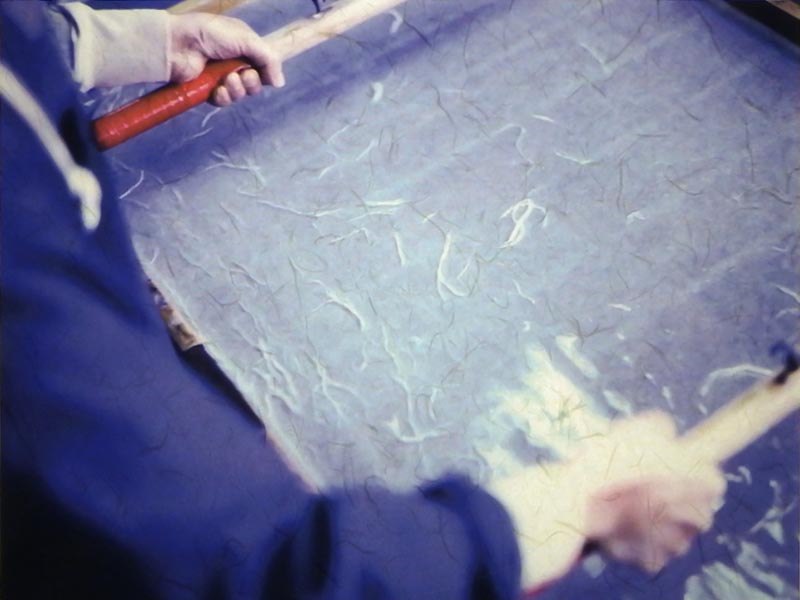
|
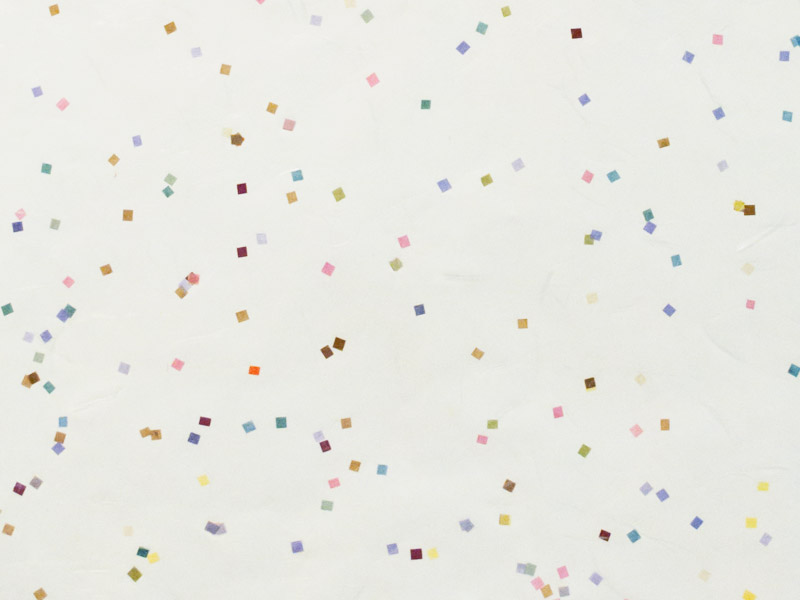
|
|
Suki-kake and suki-ire refer to techniques used to add other materials, called hana ("flowers") to paper, reminiscent of clouds or other designs. The technique is prefecturally designated as an Intangible Cultural Property.
The hana used for this are made of the same material as the paper itself, as well as plants or gold or silver flakes, all producing washi paper with completely different feels to them. Among these, the tairei ("great thanks") and kumohada ("cloud skin") varieties of washi paper are unique to Echizen alone.
|

| Otoshi-Kake Paper Decoration |
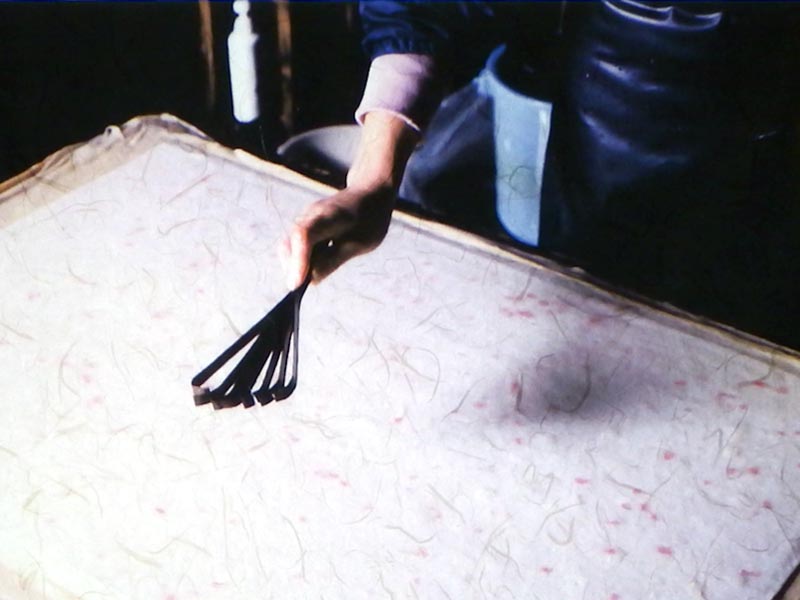
|
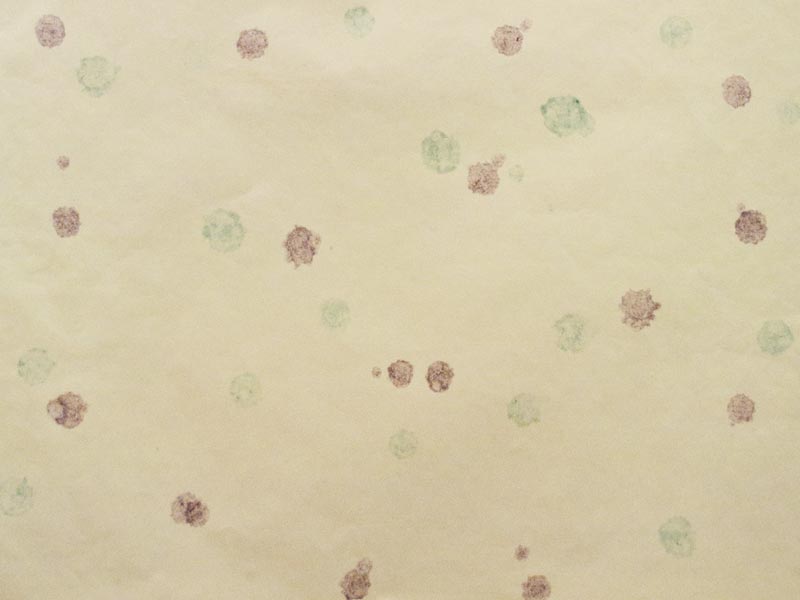
|
This technique for decorating paper by dropping differently-dyed paper on top of still-wet paper to make patterns has been in use since the year 794, and was considered a standard technique for producing many types of artistic paper used by the Heian dynasty.
Otoshi-kake, alongside suki-kake and suki-ire, is considered one of Echizen washi paper's representative techniques for making artistic paper, and Echizen still leads the nation in both amount and number of varieties of artistic washi paper produced.
|

| Suki-Komi, Suki-Dashi, and Sukashi Watermarking |
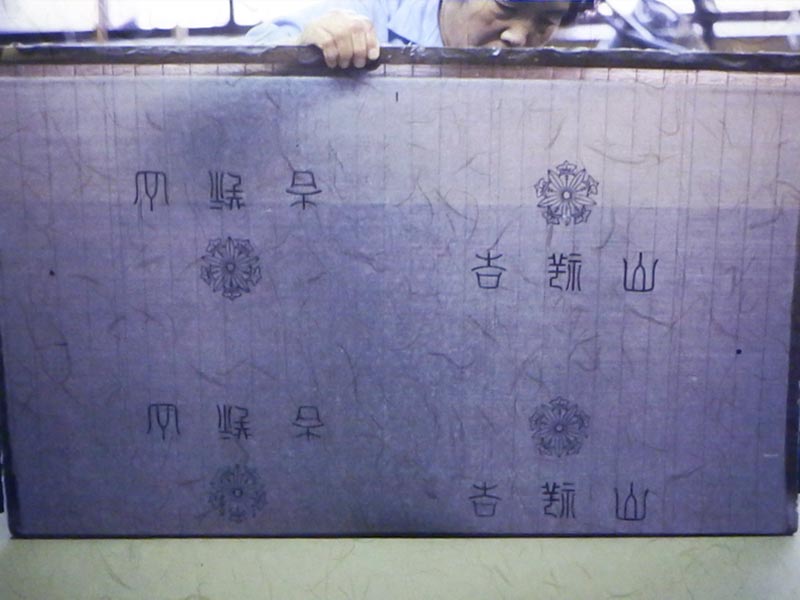
|
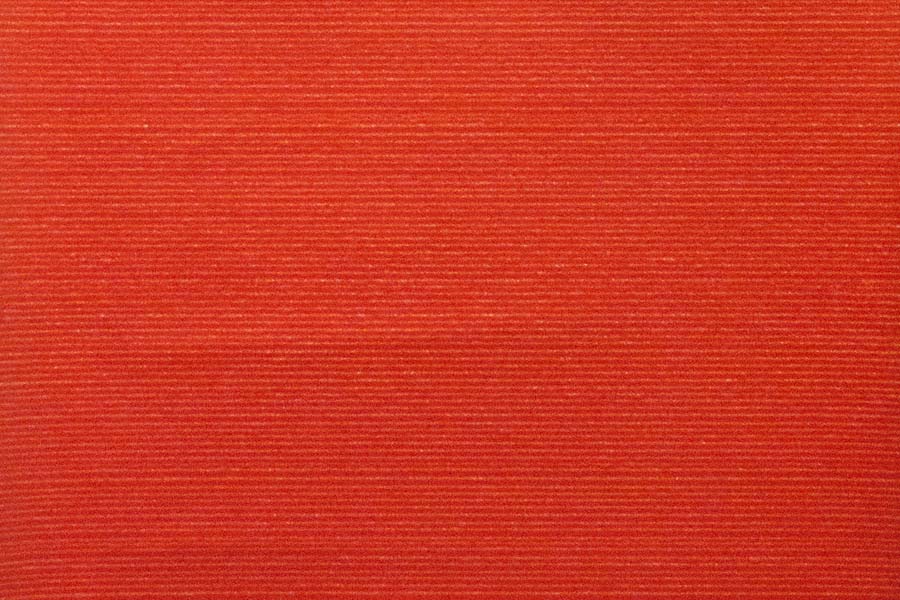
|
Starting in the Edo era (around the year 1600), this technique involved using paper patterns with designs carved into them, leaving marks or all-over designs in the finished paper.
Suki-komi was used to produce watermarks in paper by making part of it thinner and thus lighter when light passed through it, while Suki-dashi was used to produce watermarks by making part of the paper thicker and thus darker when light passed through it. These techniques are still used today in the production of Japanese yen banknotes.
|

| Rakusui and Mizukiri Paper Decoration |
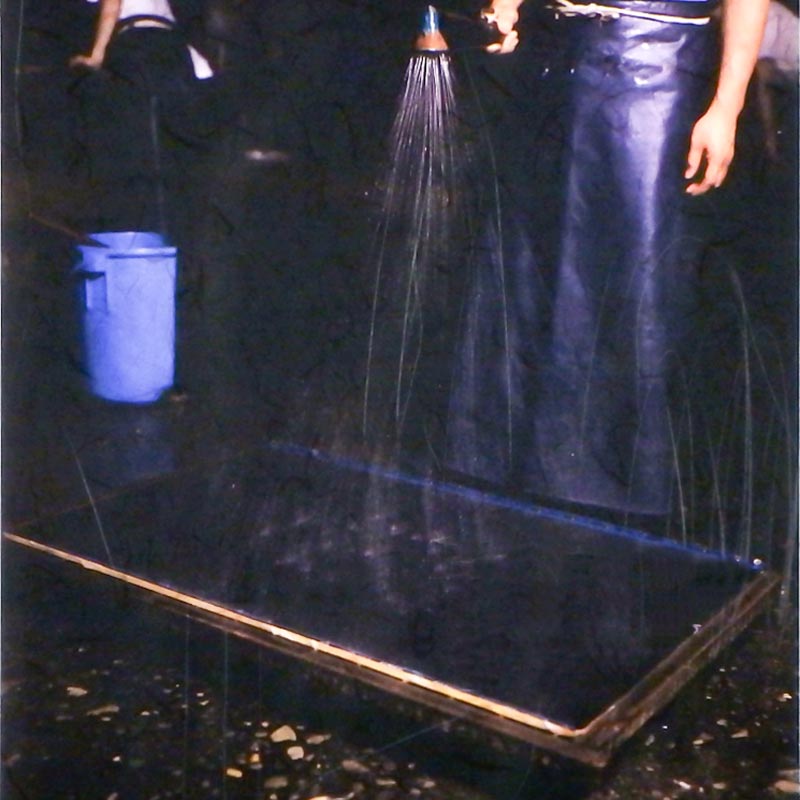
|
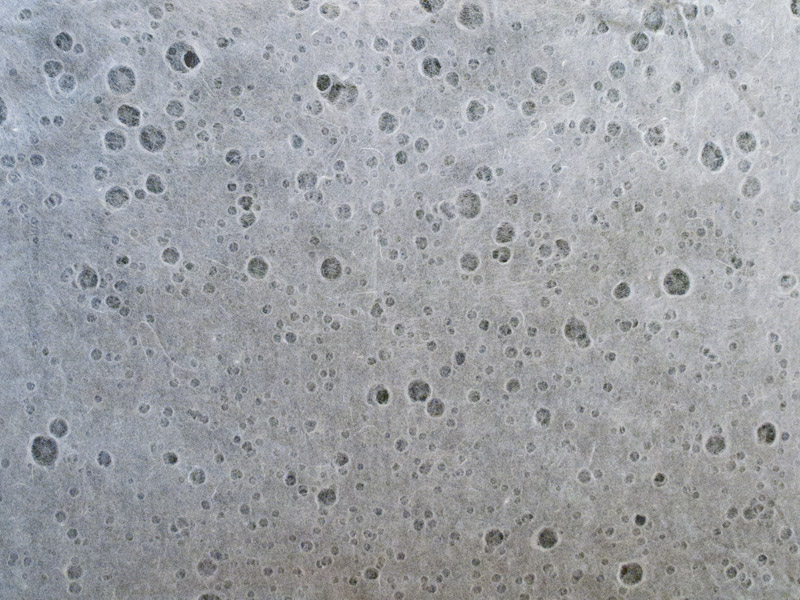
|
|
These techniques create designs in paper by dripping or pouring water onto thin, still-wet paper. The polka-dotted paper that was developed in the mid Edo era, known as mizutama (or "water ball") paper, is said to have been the origin of these techniques.
In modern Echizen, these techniques are used to draw pinstripes, cross-hatched pinstripes, circles, waves, and other designs, and they have become a crucial part of Echizen paper makers' tool kit for producing a variety of kinds of paper.
|

| Nagashi-Komi Paper Decoration |
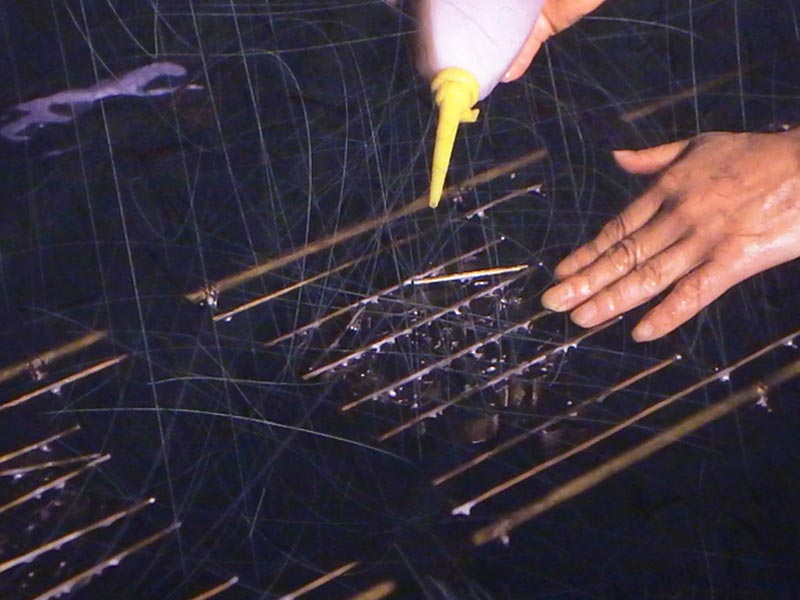
|
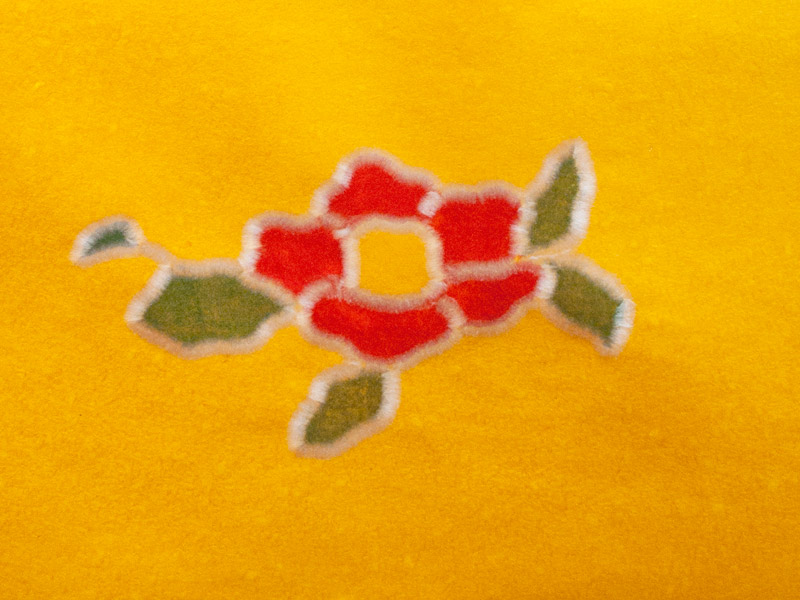
|
|
This technique uses colored still-wet paper that is poured into a metal frame with a design on it, resulting in finished paper with a design on it. Depending on the design, production may begin with the production of a metal frame and go through a number of other steps, with the master paper maker's high level of skill leading to finished paper with a precise, beautiful pattern on it.
|

| Hikkake Paper Decoration |
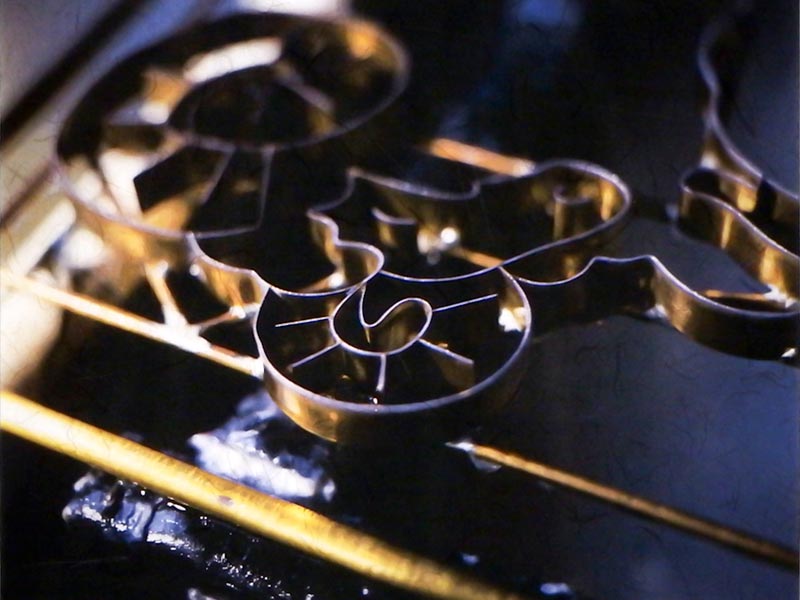
|
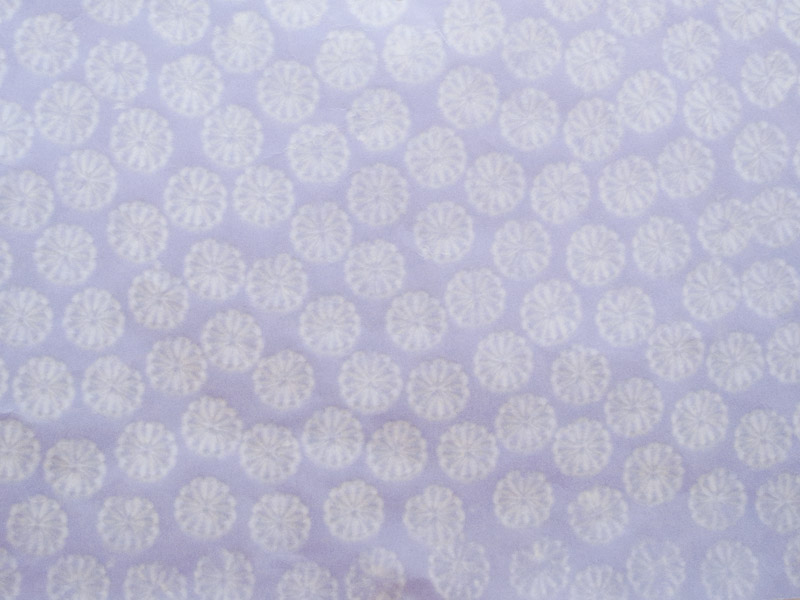
|
|
The word hikkake means "to catch" or "to snag," and as such, this technique involves a thin metal frame on which the fibers of the mitsumata paper bush or other raw material are caught, creating a design in the paper. In the finished design, the arrangement of the fibers produces a unique luster that looks different when viewed from different angles. The invention of this technique was a landmark development for Japan's washi paper makers. |

| Floor Map |
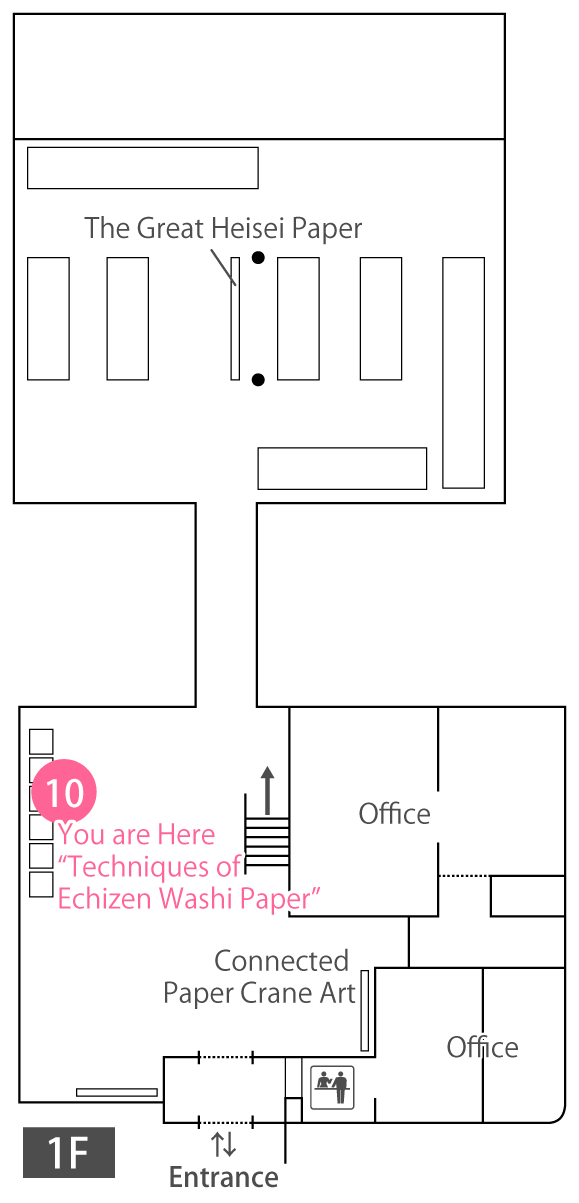
|

|

